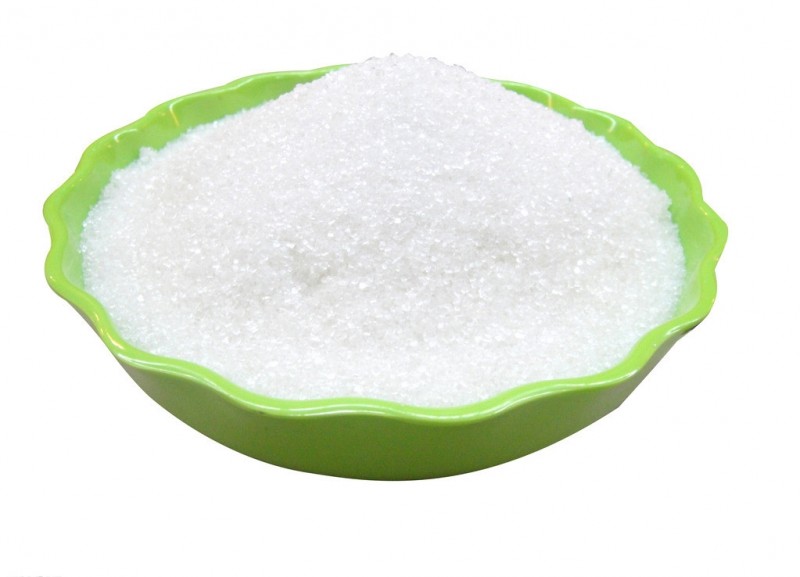 me designer SternEnzym GmbH & Co. KG offers new multi-enzyme complexes for the sugar industry. The innovative processing aids were developed specially for the production of granulated and raw sugar from beet and cane. With dextranase and amylase, Sugazym facilitates the processing of raw materials containing starch and dextrans, increases the sugar yield and optimizes the quality of the sugar crystals. Better clarification of the juice and a longer service life of the filters enable manufacturers to reduce the production costs significantly.
me designer SternEnzym GmbH & Co. KG offers new multi-enzyme complexes for the sugar industry. The innovative processing aids were developed specially for the production of granulated and raw sugar from beet and cane. With dextranase and amylase, Sugazym facilitates the processing of raw materials containing starch and dextrans, increases the sugar yield and optimizes the quality of the sugar crystals. Better clarification of the juice and a longer service life of the filters enable manufacturers to reduce the production costs significantly.As a specialist in the development, production and marketing of customized enzyme systems, SternEnzym presents new enzyme complexes for the sugar industry. Dextrans are a common problem in sugar production. They are formed irreversibly from saccharose by microbial metabolization after the harvest. If these high-molecular polysaccharides find their way into the sugar factory, they reduce the yield of granulated sugar and impair the quality of the products. Slower and less efficient purification of the juice, blocked filters and energy losses in evaporators and crystallizers have a negative effect on the production process. With the aid of dextranase, the new product Sugazym DX L effectively removes the dextrans from the process stream at the mill and refinery and thus prevents financial losses. Besides increasing the yield, the use of Sugazym DX L makes the process flow more efficient and therefore reduces the energy consumption. A further benefit is the greatly enhanced quality of the sugar – appreciated especially by the downstream processing industries.
At the sugar mill, Sugazym DX L can be added either to the reaction tank before the clarifying basin or before the final evaporator. Refineries should add Sugazym DX L to the raw sugar at the beginning of the process in conjunction with the process water, since a high sugar concentration in the syrup protects the dextranase against premature inactivation.
Starch presents another immense challenge to the sugar industry. It is one of the main products of photosynthesis and is stored in the leaves and tips of the sugar cane. In the production of granulated sugar, starch is often the cause of financial losses. The reason is that it increases the viscosity of the juice, reduces the speed of clarification by precipitation and flotation and causes blockages of the filters and activated carbon adsorbers, thus impairing the efficiency of the production process. The new product Sugazym HiTaA L hydrolyzes the starch and therefore constitutes an economical method of breaking it down at sugar mills and refineries. The result is greatly enhanced and consistently high sugar quality combined with reduced processing costs. With the aid of amylase, Sugazym HiTaA L considerably reduces the viscosity of the juice. Since the starch is kept at a consistently low level, the filters and activated carbon adsorbers have a longer service life and dirt particles can be removed faster and more efficiently. And there is a particularly interesting benefit for the beverage industry, too: the excellent clarity of the sugar crystals prevents cloudiness in clear drinks.







